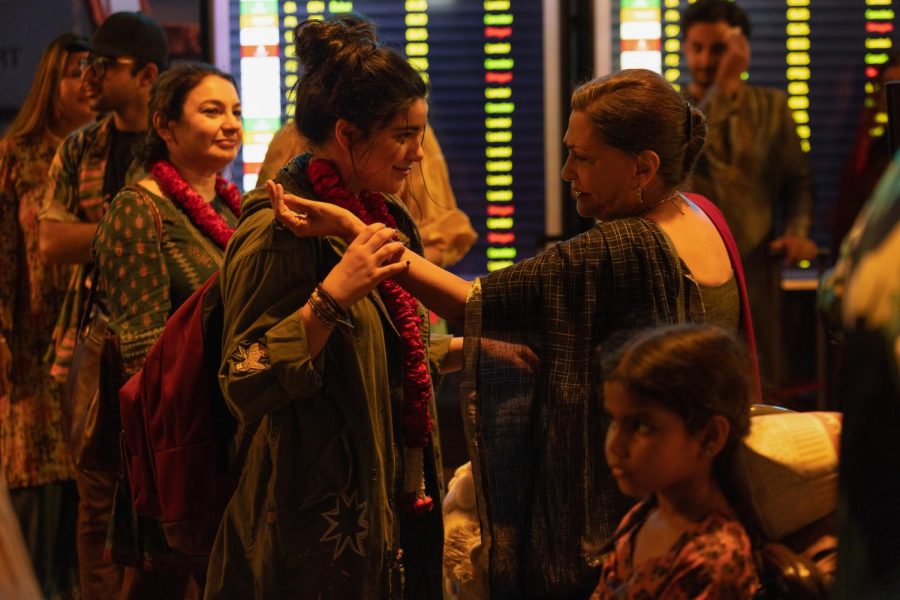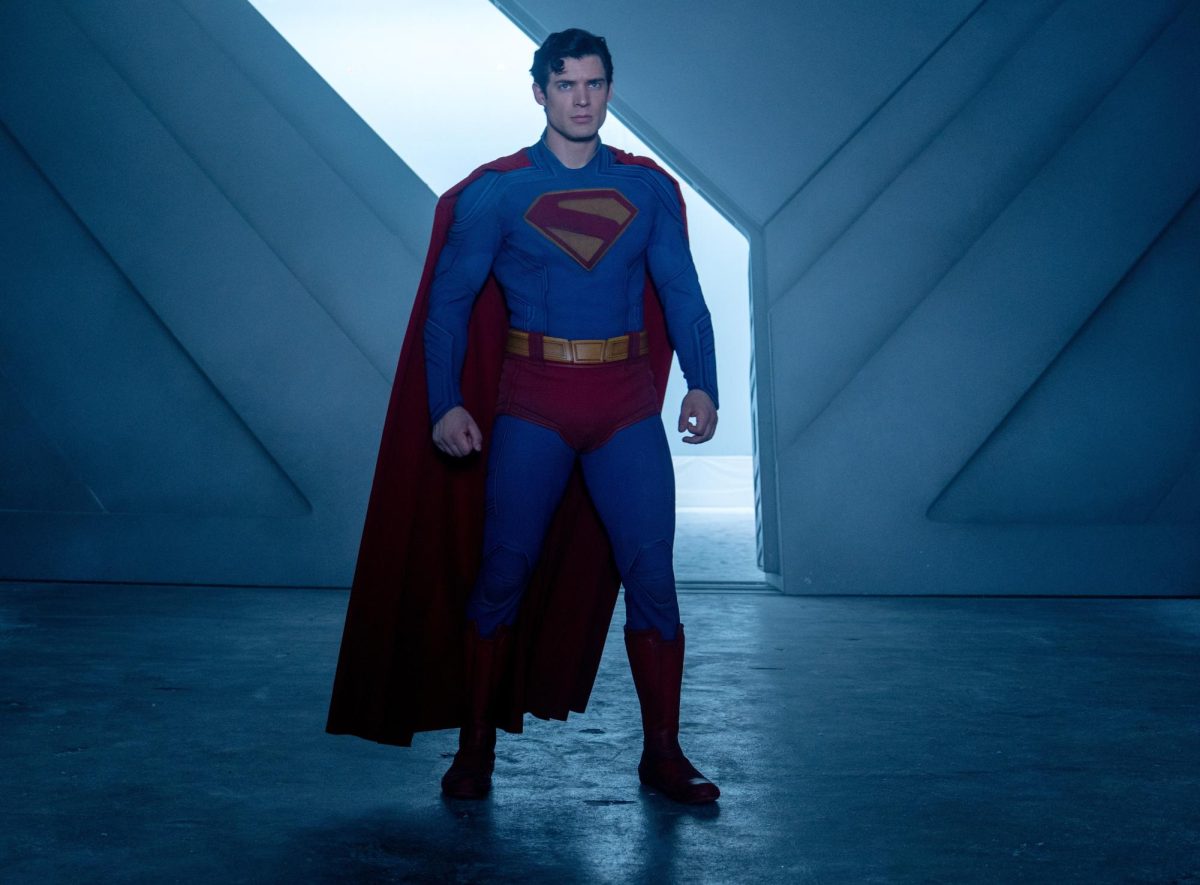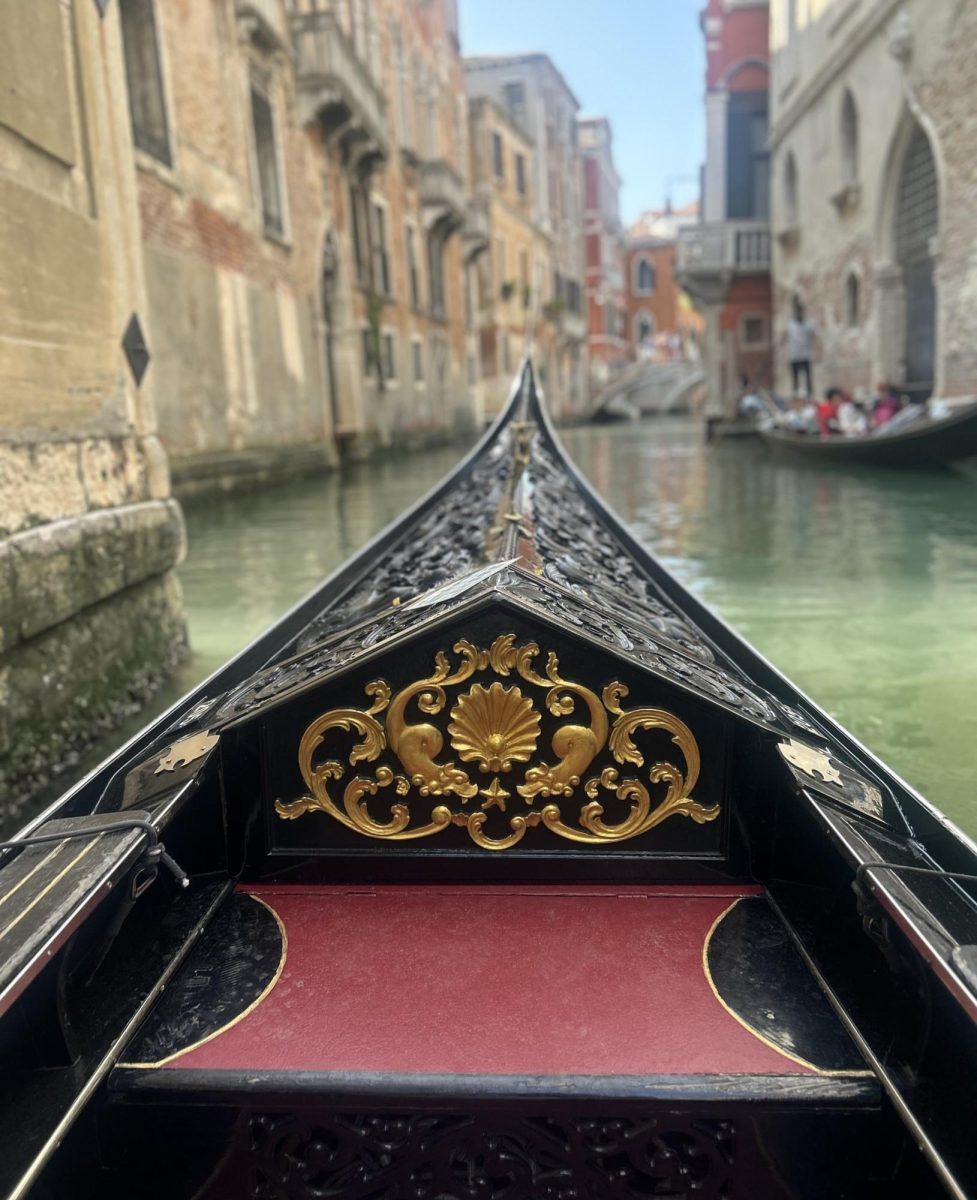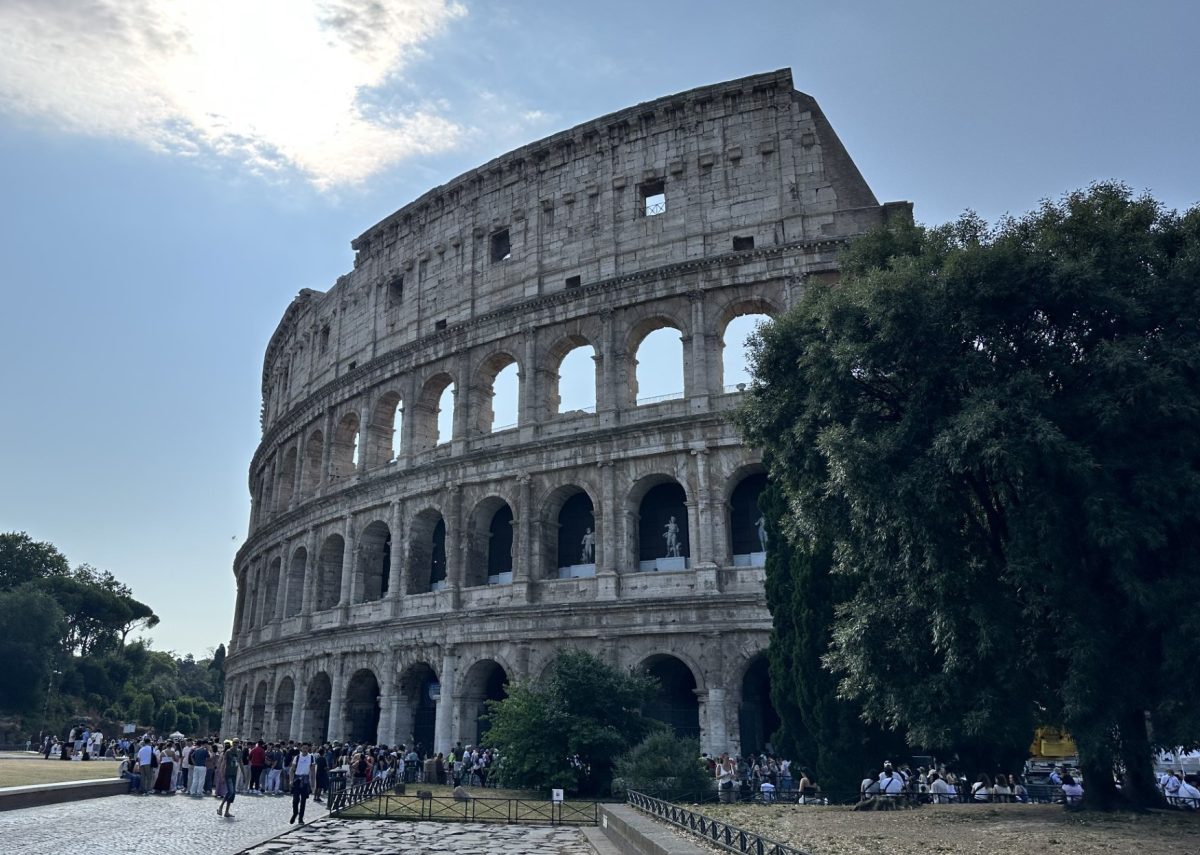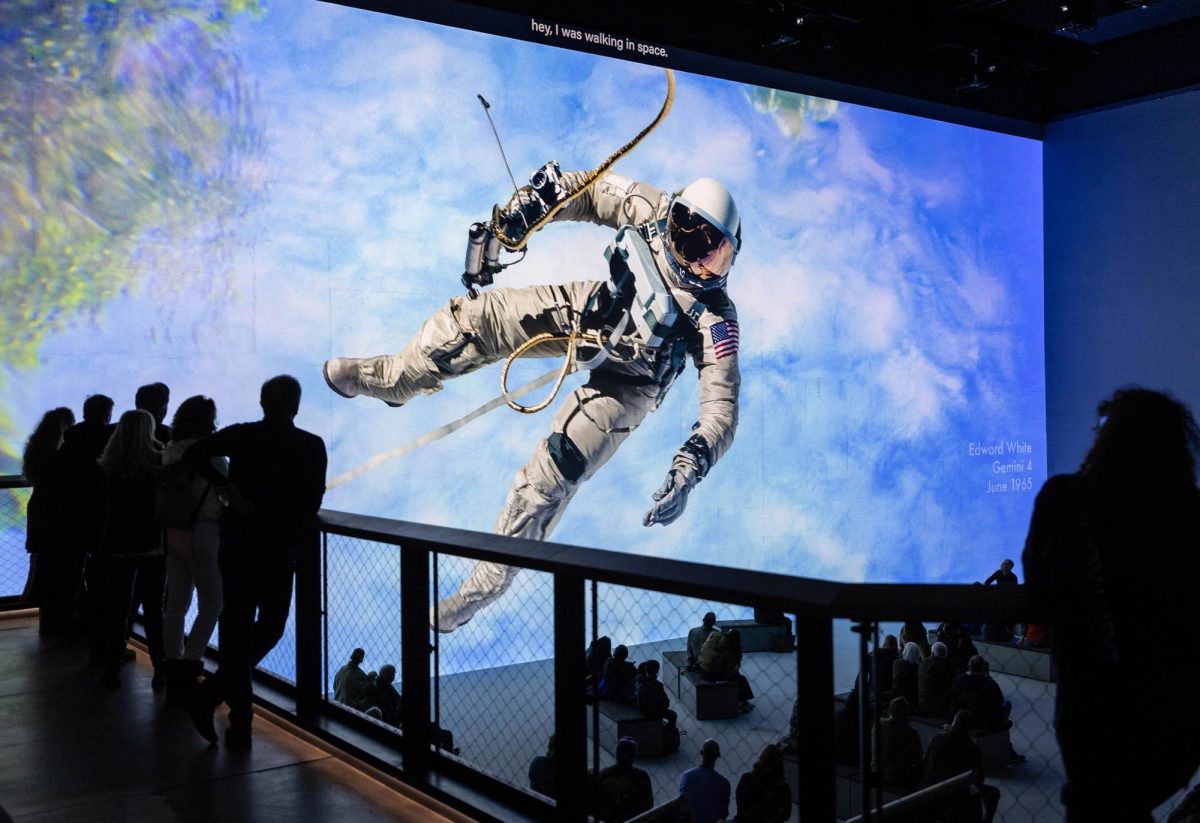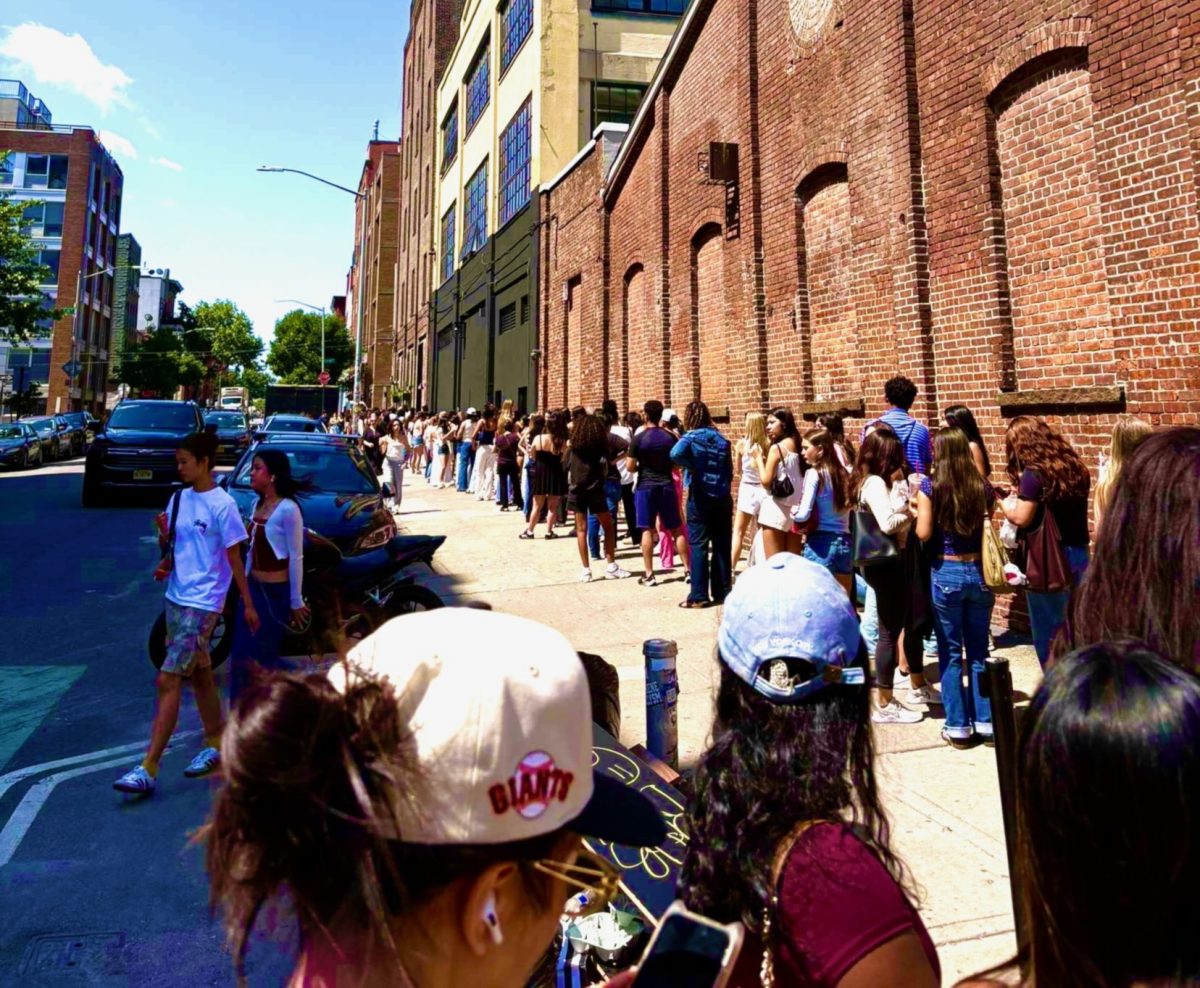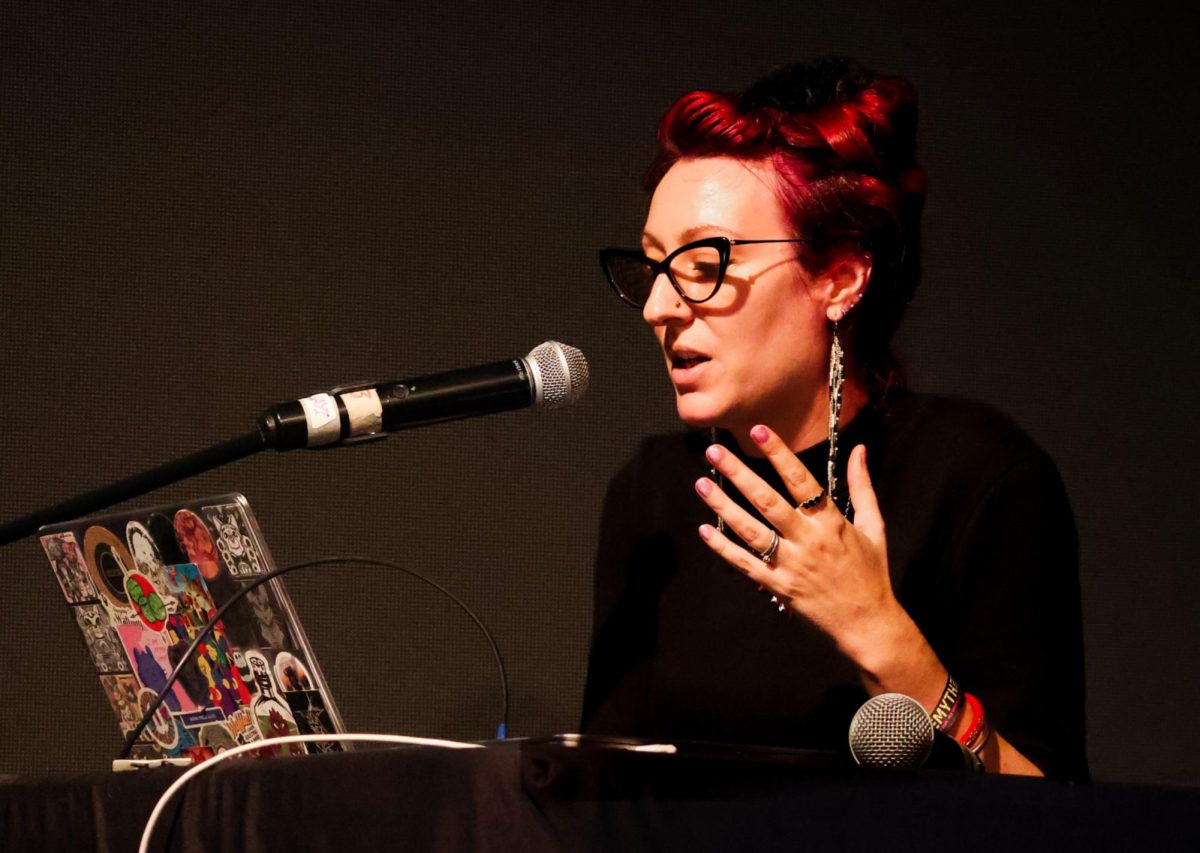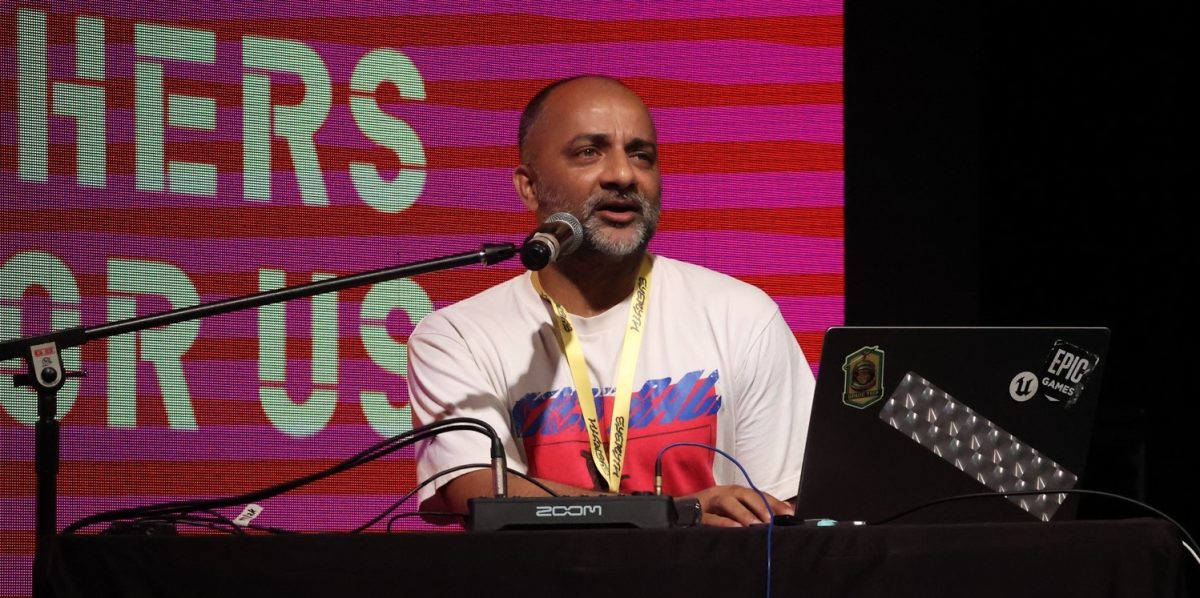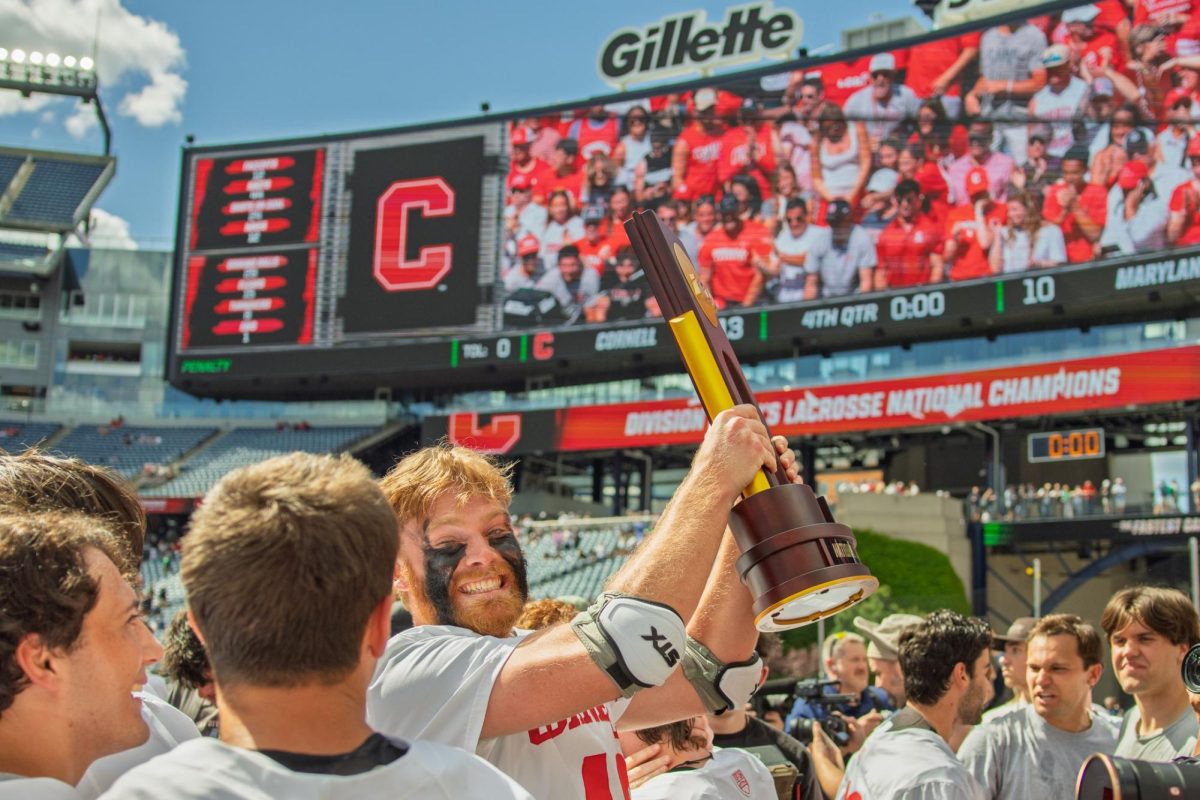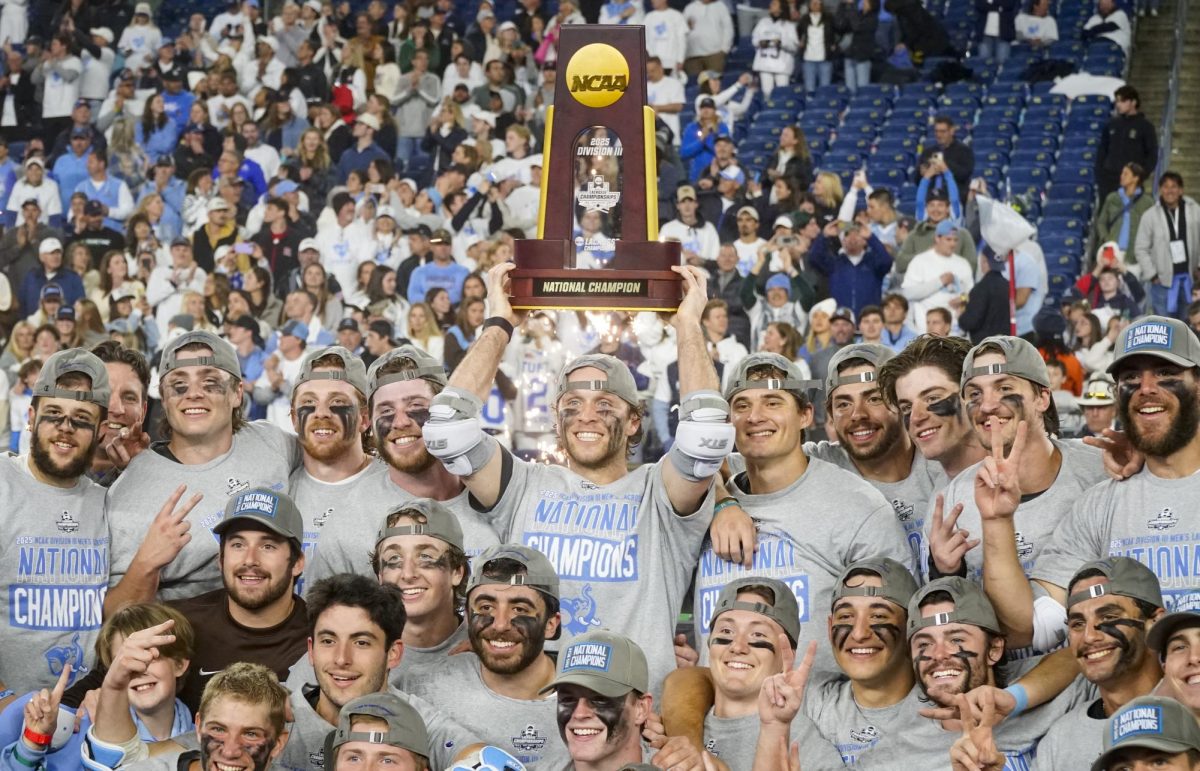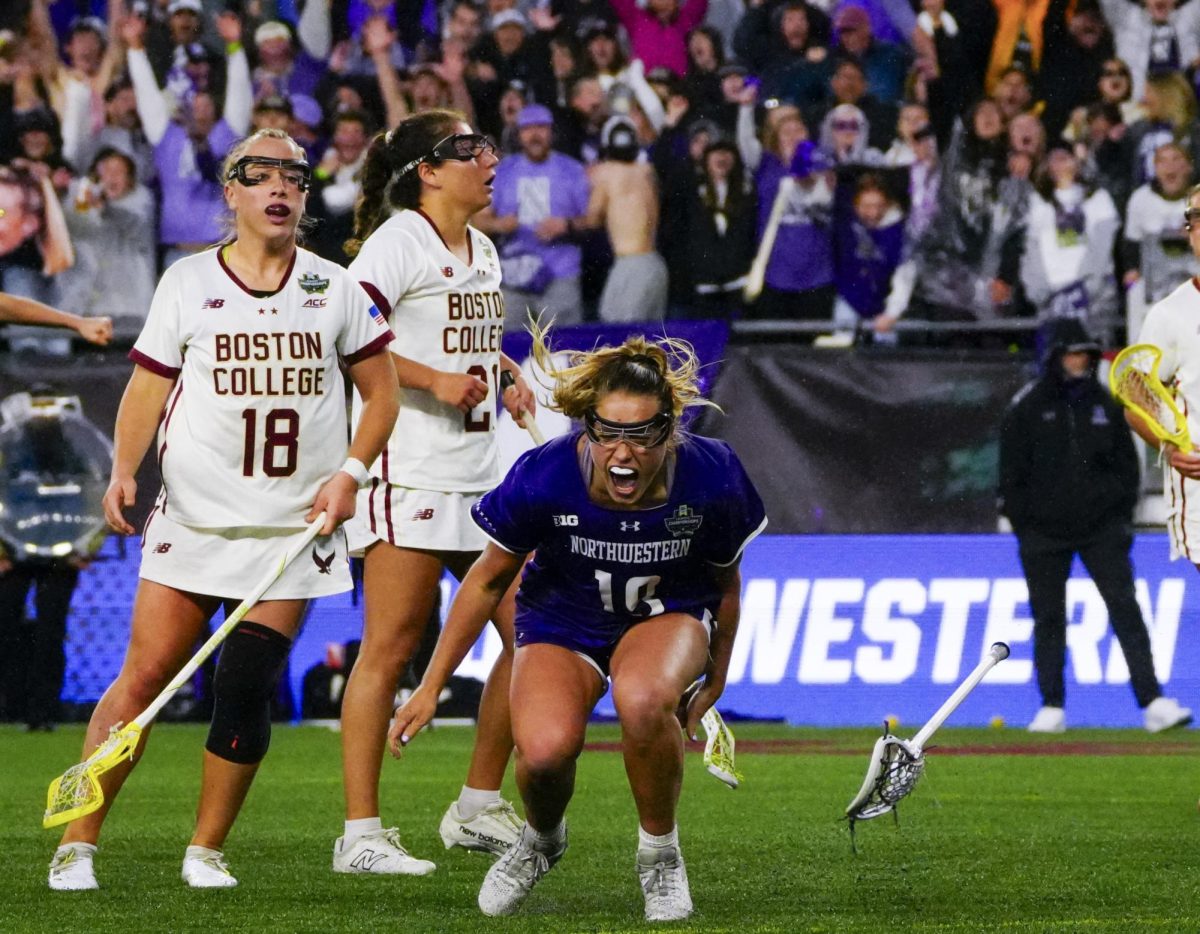Director Sharmeen Obaid-Chinoy reflects on bringing authenticity and representation to “Ms. Marvel”
Kamala and her mother are welcomed at the airport by their relatives living in Pakistan in a scene from “Ms. Marvel.”. The flower garlands and many hugs exchanged in this scene are typical of many greetings one might see at a South Asian airport.
July 29, 2022
Episode 3 of “Ms. Marvel” left fans with many questions after the titular character’s grandmother beseeched her family to come visit Karachi, Pakistan, in order to solve certain mysteries relating to the many twists and turns of the show.
The next two episodes in this dynamic series on Disney+ revolve around Kamala Khan (Iman Vellani) journeying to Pakistan’s capital in order to learn more about her newly manifested powers.
The shift in location in the series also brought in a different director, Sharmeen Obaid-Chinoy, a Pakistani-Canadian filmmaker and journalist, most notably known for her award-winning documentaries, including Academy Award winners “Saving Face” and “A Girl in the River: The Price of Forgiveness.”
After learning that “Ms. Marvel” was looking for directors, the six-time Emmy Award winner approached Marvel Studios with her vision.
“I came up with this elaborate presentation about how I wanted Kamala to be, where I wanted her to go, the world that I wanted her to be adventuring in, and so I put that together, and I had a meeting with Marvel Studios, and pitched it. And before I knew it, I was told that I would be directing Episodes 4 and 5,” Obaid-Chinoy said.
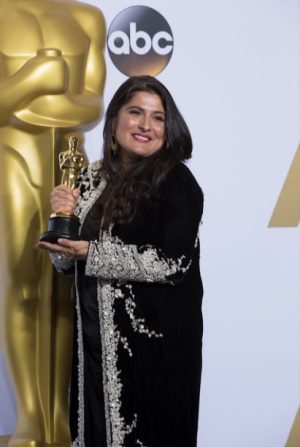
Something notable about the episodes set in Karachi is the bustling city life, which was reminiscent of what the street markets would look like whenever I visited large metro cities, like Delhi or Chennai, in India.
The city scene is authentic, which stands in stark contrast from Hollywood’s usual portrayal of South Asia. Movies set in South Asia, Latin America, and Africa tend to use a “yellow filter,” which give the places a sickly, jaundiced feel that only pushes negative stereotypes of these places being unhealthy and dirty.
In reality, these places tend to be colorful and vibrant, and although poverty is a large problem in South Asia, it doesn’t take away from the landscape beauty found in different regions across the subcontinent.
“I brought my city, what I walked through everyday into the MCU,” Obaid-Chinoy said. “My city is bright, and its got hand painted trucks, and its got vendors that sell beautiful fabrics, and its got spicy food, and music you want to dance to.”
These elements were highlighted through scenes where Kamala was able to enjoy the rich history of Karachi as well as the usual chase scene one might see in spy movies and thrillers, except with auto rickshaws and buses, rather than sports cars and fancy bikes.
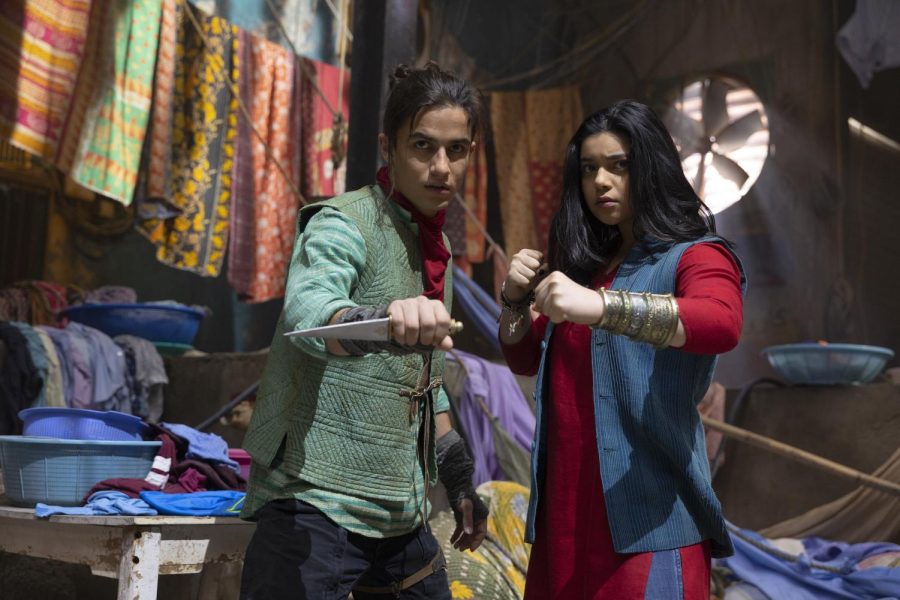
It may be surprising to note that “Ms. Marvel” marks Obaid-Chinoy’s live-action directorial debut. She said she hadn’t considered exploring the live-action field before and was only inspired to do so because of her two daughters, both of whom read the comics.
“I think that it is so important in the world that we live in today to talk about superheroes in all shapes, sizes, and colors, from all parts of the world, so that any young [person] watching can know that they too can be a superhero,” Obaid-Chinoy said.
This wouldn’t be possible without the show runners being of similar origins to the characters of “Ms. Marvel,” and Obaid-Chinoy stressed the importance of bringing in authentic filmmakers when creating a medium surrounding stories that really highlight the culture and location in which the show is set in.
She related this back to her own experience from directing “Ms. Marvel,” stating that she wanted Kamala to experience “the restaurants that I grew up eating in [and] the streets that I walked. I was able to create my own world, and bring all my favorite places to the Marvel Cinematic Universe.”
What particularly stands out is that much of filming for Obaid-Chinoy’s episodes took place in Bangkok, Thailand, but the director was able to accurately capture the Desi feel of the land.
The cinematography of this series is spectacular, and while main production took place in Bangkok, aerial footage from the show included real-life destinations from Karachi. The colors were bold and bright, while scenes like Kamala bartering with street sellers had us yelling at the screen because we would never pay such horrendously high amounts for a simple kurta. The restaurants had a very familiar look to them, and it’s safe to say that Obaid-Chinoy hit the mark with portraying her city in a way that many people from similar backgrounds would be able to see traces of their home there.
“Ms. Marvel” has certainly left its impact as being very culturally aware and diverse, and hopefully we can see this continued on with future Marvel projects.
–July 28,2022–

